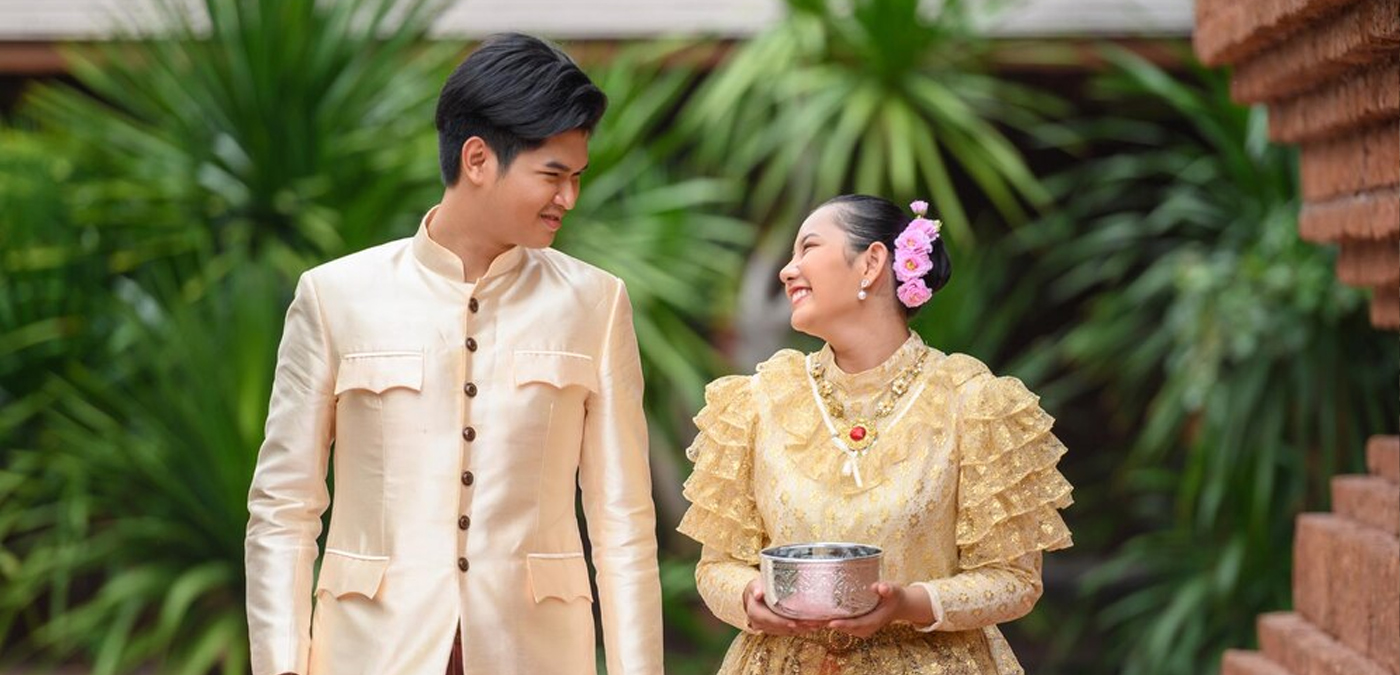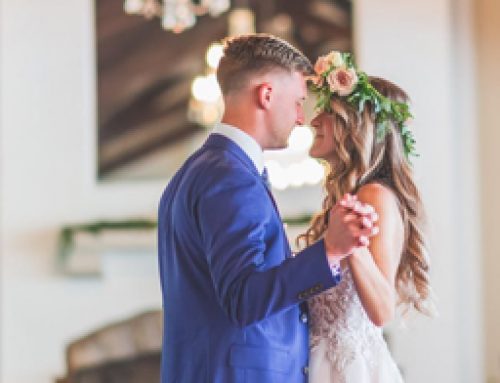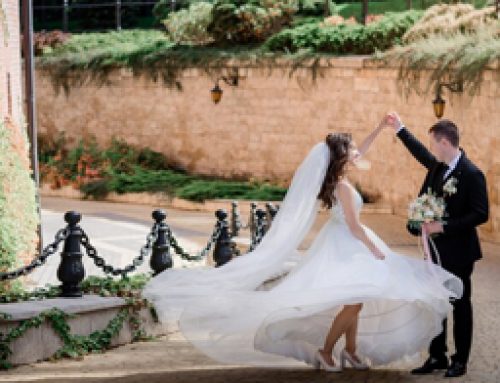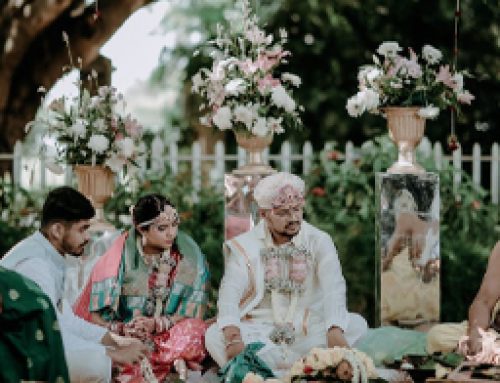Philippines Wedding Tradition
The Philippines is a culturally diverse country with a rich heritage of wedding traditions. Weddings in the Philippines are often festive and joyous affairs, reflecting the vibrant and celebratory nature of Filipino culture. Let’s explore some of the key wedding traditions in the Philippines in more detail:

Pamamanhikan:
Pamamanhikan is a traditional Filipino custom where the groom and his family visit the bride’s family to formally ask for her hand in marriage. This is an important step that signifies the couple’s intention to marry and seeks the blessings and approval of the bride’s parents. The groom’s family brings gifts and presents to the bride’s family as a gesture of respect and gratitude.
Pre-Wedding Rituals:
- Kasal-Kasalan: Kasal-Kasalan, also known as the Filipino version of a wedding shower, is a pre-wedding event where family and friends gather to celebrate and shower the couple with gifts, advice, and well wishes. It is an opportunity for the couple to receive blessings and support from their loved ones before embarking on their marital journey.
- Despedida de Soltera: Despedida de Soltera is a bridal shower held in honor of the bride. It is a gathering of female friends and relatives where they share stories, games, and gifts with the bride-to-be. The event is a celebration of the bride’s transition from singlehood to married life.
Wedding Attire:
Traditional Filipino weddings often feature the Barong Tagalog for men and the Filipiniana dress for women. The Barong Tagalog is a formal embroidered shirt made of pineapple fibres or silk, while the Filipiniana dress is a traditional Filipiniana gown made of delicate fabrics and often adorned with intricate details. These attire choices showcase the elegance and cultural heritage of the Philippines.
Ceremony Customs:
- Veil and Cord Ceremony: In Filipino weddings, the Veil and Cord Ceremony is a unique tradition that symbolises the couple’s unity and commitment. The bride and groom are draped with a wedding veil, which signifies their unity as they face the challenges of married life together. A cord, often made of silk or flowers, is then placed around the couple in a figure-eight shape, representing eternal love and harmony.
- Exchange of Coins: The exchange of coins is a symbolic gesture in Filipino weddings, representing the couple’s mutual support and shared responsibility. Thirteen coins, known as arras, are presented by the groom to the bride, symbolising his willingness to provide for their future family. The bride accepts the coins as a sign of her trust and confidence in the groom’s ability to fulfil his role as a provider.
Reception Traditions:
- Money Dance: The Money Dance, also known as the “Pera O Bayong” dance, is a popular Filipino wedding tradition. During the reception, guests pin money onto the couple’s attire while dancing with them. The money collected is considered a gift and a way to help the newlyweds start their married life.
- Filipino Cuisine: Filipino weddings are known for their sumptuous feasts featuring traditional Filipino cuisine. Popular dishes such as lechon (roast pig), adobo (marinated meat), pancit (noodles), and various native delicacies are served to guests, showcasing the rich and flavourful Filipino culinary heritage.
- Games and Entertainment: Filipino weddings are filled with lively entertainment, games, and performances to keep guests engaged and entertained. Traditional dances, singing contests, and parlour games are organised to create a festive and joyful atmosphere.
Post-Wedding Traditions:
- Sotanghon Soup: Sotanghon Soup is a traditional Filipino dish served to the couple after the wedding ceremony. It is believed to bring warmth and good fortune to the newlyweds as they start their married life together.
- Retrieval of the Garter and Bouquet Toss: Similar to Western traditions, the bride tosses her bouquet, and the groom tosses the bride’s garter to single guests during the reception. It is believed that the person who catches the bouquet or garter will be the next to marry.
- Sending Off: At the end of the reception, it is customary for the couple to be sent off by their guests with a shower of rice, confetti, or flower petals. This gesture symbolises good wishes for a prosperous and happy future for the newlyweds.
Philippine wedding traditions reflect the cultural diversity and joyful spirit of the country. These customs and rituals not only celebrate the union of two individuals but also showcase the importance of family, community, and the preservation of cultural heritage.
Have a great wedding celebration at Seasons5 in Point Cook. We offer gorgeous venues and luxurious amenities for couples to celebrate their big day. With our Cinnamon Bay Restaurant and luxurious amenities, couples can enjoy the day with their friends and family. Feel free to call us on 03 8376 5300 or email us at contact@seasons5.com for more information.





